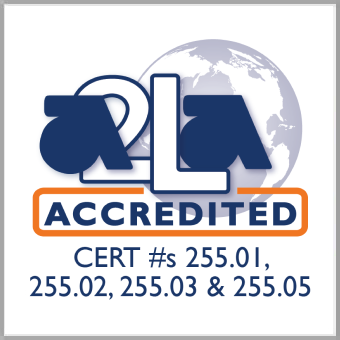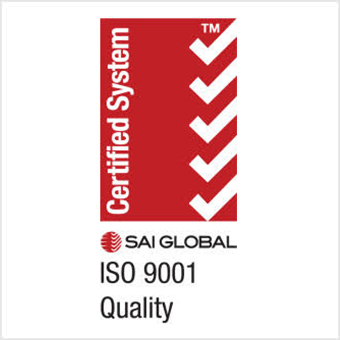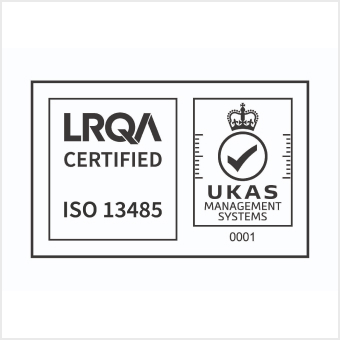NES M0133 2010
1. Introduction to NES M0133:2010
NES M0133:2010 is a standard established by NES (National Engineering Standards) for the testing, assessment, and performance criteria related to materials and methods used in various industrial and engineering applications. It primarily focuses on ensuring that materials perform according to defined specifications when subjected to certain environmental or operational conditions.
2. Purpose and Scope
The NES M0133:2010 standard applies to materials used in a wide range of sectors, including construction, transportation, manufacturing, and other industrial processes. Its primary aim is to ensure that materials and systems maintain their structural integrity and meet specified performance standards in real-world conditions.
The standard typically covers:
- Methods of testing the properties of materials.
- Guidelines for ensuring the longevity and durability of materials under stress.
- Standards for assessing potential failure modes of materials when exposed to different environmental factors.
3. Key Components of the Standard
NES M0133:2010 is divided into several critical components, each focusing on different aspects of material testing and performance assessment:
- Testing Procedures:
- Guidelines on how to conduct tests that simulate real-world conditions.
- Definitions of parameters for accelerated testing processes.
- Criteria for determining the validity of test results.
- Material Durability and Environmental Resistance:
- Focuses on assessing how materials perform under long-term exposure to different environmental conditions such as temperature, humidity, UV exposure, and mechanical stress.
- Includes detailed descriptions of tests that measure material degradation, including corrosion, cracking, and fatigue.
- Performance Evaluation:
- Provides methodologies for evaluating the performance of materials after exposure to stressors.
- Establishes benchmarks for material behavior over time, ensuring they remain functional and safe.
- Safety Standards:
- Provides guidelines for identifying and mitigating risks associated with the use of materials that do not meet the performance standards.
- Establishes safety testing protocols for identifying hazardous material conditions, including chemical reactions, toxicity, or potential environmental impact.
- Quality Control:
- Specifies the protocols for inspecting materials and systems in production to ensure they conform to the required standards.
- Outlines procedures for regular quality checks, ensuring ongoing compliance throughout the lifecycle of a product.
- Documentation and Reporting:
- Provides requirements for documenting the testing process, including the methods, conditions, and outcomes.
- Details the necessary components of test reports and compliance certification.
4. Testing Methods
The standard outlines specific testing methods for evaluating the durability and integrity of materials in controlled laboratory settings and real-world simulations. These methods may include:
- Mechanical Stress Testing: Used to measure a material’s ability to withstand physical force or stress, which can result in deformations or failures. The testing may simulate pressure, tension, compression, or impact.
- Environmental Simulation: Involves exposing materials to extreme conditions such as temperature variations, UV light, and humidity to determine how materials perform under harsh environmental conditions.
- Chemical Exposure: Some tests include exposing materials to aggressive chemicals or pollutants to assess their resistance to corrosion, degradation, or chemical reactions.
- Accelerated Weathering Tests: These simulate the effects of long-term weathering in a short time, allowing manufacturers to predict how materials will age and degrade over extended periods.
- Fire Resistance Tests: Evaluates the ability of materials to resist combustion or withstand high temperatures, ensuring they meet safety regulations.
5. Applications of NES M0133:2010
NES M0133:2010 is applied across a wide range of industries where material durability and performance are critical. Key areas of application include:
- Construction Industry: Materials such as concrete, steel, and polymers used in building structures are tested for strength, durability, and resistance to environmental factors like weathering, moisture, and chemicals.
- Manufacturing: Components used in machinery and products must meet stringent performance standards to ensure they are safe, functional, and durable over time.
- Transportation: Automotive and aerospace industries use this standard to evaluate materials used in vehicles, aircraft, and infrastructure to ensure safety, longevity, and performance under various conditions.
- Energy Sector: Materials used in power generation and distribution systems, particularly those exposed to extreme conditions like high temperatures or radiation, must be rigorously tested for durability.
- Consumer Goods: Manufacturers of products like electronics, home appliances, and furniture use NES M0133:2010 to ensure the materials maintain their aesthetic and functional qualities throughout their lifespan.
6. Material Durability Testing Standards
NES M0133:2010 sets out specific procedures for testing material durability under both mechanical and environmental conditions. These tests ensure that materials can withstand the various stresses they may encounter during use:
- Fatigue Testing: Determines how materials behave under repetitive stress, which is crucial for products subjected to cyclic loading, such as in machinery, vehicles, or structural components.
- Creep Testing: Measures a material’s tendency to deform over time under constant stress, an important factor for materials in load-bearing applications like beams, bridges, or pressure vessels.
- Corrosion Testing: Assesses how materials react to exposure to corrosive elements like water, salts, acids, or other environmental factors. Corrosion can severely impact the integrity and lifespan of metals, coatings, and alloys.
- UV and Weather Resistance Testing: Essential for materials used outdoors or in environments exposed to sunlight and varying weather conditions. These tests simulate the aging effects of ultraviolet (UV) radiation and weather cycles, assessing the color, strength, and stability of materials over time.
7. Performance Standards and Compliance
NES M0133:2010 defines the performance criteria that materials must meet to be deemed compliant with the standard. This includes the establishment of minimum acceptable limits for various properties, such as:
- Strength and Stiffness: Materials must meet specific mechanical strength requirements to be considered suitable for their intended application.
- Surface Integrity: The material’s surface must retain its intended appearance and functional properties (e.g., resistance to scratching, staining, or fading).
- Impact Resistance: Materials should be able to resist sudden impacts without cracking, breaking, or deforming beyond acceptable limits.
- Environmental Compatibility: Materials should be capable of withstanding exposure to environmental stressors such as rain, snow, pollution, or extreme temperatures without significant degradation.
8. Quality Assurance and Control
The standard emphasizes the importance of quality assurance procedures to maintain the integrity of materials throughout their lifecycle. This includes:
- Continuous Monitoring: Regular testing and inspection to ensure compliance with NES M0133:2010 throughout the production process.
- Non-Destructive Testing (NDT): Methods for evaluating materials without causing damage, ensuring that materials remain in functional condition after tests.
- Certification: After passing the required tests, manufacturers can certify their products as compliant with NES M0133:2010, ensuring consumer confidence in the quality and durability of the materials.
9. Conclusion
NES M0133:2010 serves as an essential guide for ensuring the durability and performance of materials used across various industries. The standard provides comprehensive methodologies for testing and evaluating materials under different conditions to guarantee their integrity and longevity. By adhering to these standards, manufacturers and engineers can produce materials that perform reliably, safely, and effectively, even under extreme environmental stressors.



